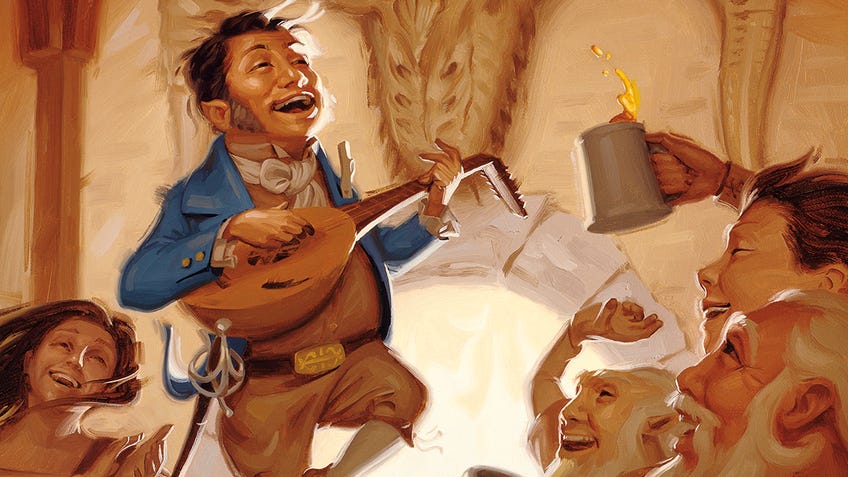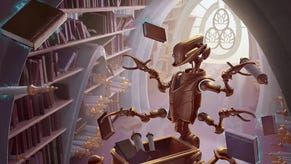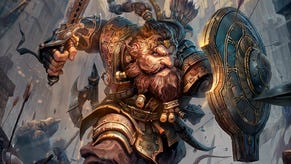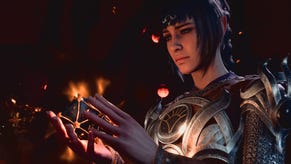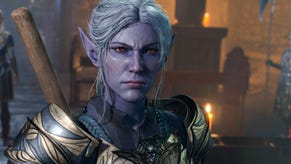How to use music in your Dungeons & Dragons campaign
It’s not just for bards!
There is no greater feeling in this world than the start of a Dungeons & Dragons session with your friends and loved ones. It doesn’t matter if you’re sitting around the same table or signing in from across the globe, the collective storytelling experiences of these games make for some of the best memories and moments that any friendship group could experience.
Creating that mood, evoking that feeling and forming those memories doesn’t just happen with the words you use, the minis you buy or the snacks you bring. The ultimate D&D experience is not complete until you create the perfect soundtrack to accompany your adventure.
How to use music in a D&D campaign
- Consider the environment as well as your game’s genre
- Use music to enhance your encounters
- Know when to use music, and when not to
- Where to find music for D&D campaigns
- Great D&D soundtracks for your next campaign
Music is one of the most powerful tools a GM can use to help worldbuilding, to evoke the correct moods and emotions throughout your story. But getting your music right isn’t as simple as popping on any old playlist. Knowing how to use music in D&D can be tricky. There are many things a GM needs to consider before deciding on the perfect musical accompaniment to a night of telling tales.
Consider the environment as well as your game’s genre
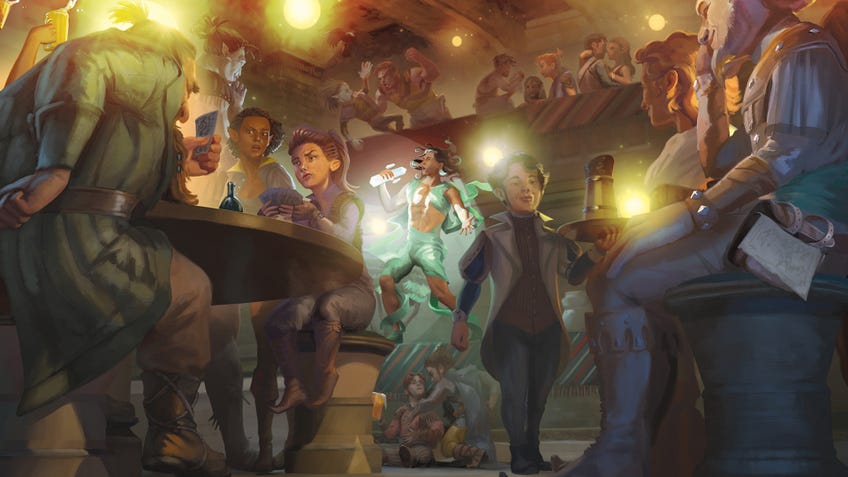
One of the obvious starting points when picking the best music for your D&D campaign is thinking about what kind of story you want to tell at the table. Considering the genre of your game can help hone in on the types of motifs you might want to touch on sonically. If you’re running a sci-fi adventure, you’re going to want to tap into something more electronic and immaterial, employing a heavy dollop of minimalist drones or pulsating electric drum beats. For your classic Tolkein-esque adventure, something more orchestral, with heavy influence on harmony, grandeur and texture. Something dark and eerie for a steampunk cityscape, utilising industrial noises and sound effects. The galloping of a snare drum and twang of a single-coil guitar to elicit that spaghetti western aesthetic and so on.
However, do not get too caught up focusing just on your overall genre when choosing your RPG playlist. The environments in which your characters will be adventuring is an important factor when considering music also. If you’re playing a high fantasy D&D game and your adventuring party finds themselves in a dense jungle or a claustrophobic city, the stereotypical swells of an orchestral strings section that typifies that Lord of the Rings sound will feel out of place and will rip your players right out of the experience.
When building your roleplaying playlist, consider what kinds of locations your players might end up in; have plans for if your party decides to sneak into the forbidden crypt, or skip lovingly through a flower meadow. As the GM, you need to be as adaptable musically as when your party decides to burn down the cute halfling village that’s pivotal to your plot.
Use music to enhance your encounters

When playing D&D, it is almost inevitable that your band of misfits will find themselves engaged in a fight at some point. The go-to music for any fight is normally something orchestral, with the horn section blaring out a battle cry whilst the strings and woodwinds carry the rhythm alongside booming timpanis. There’s nothing wrong with this, but it can make encounters a bit samey and doesn’t give your players any hint as to what kind of battle this will be.
Try thinking about what mood you want the players to be in when they’re in the encounter. If the players are partaking in a bar fight, classic honky-tonk music can immediately make this battle more fun and whimsical, maybe inspiring your players to think about smashing glasses or tossing combatants over counters and smashing them with bar stools rather than fireballing the building down. It doesn’t matter if your game is set in the Wild West or not; encounter music is there to provoke a mindset, not the setting.
Music can also be a great way to telegraph certain abilities or conditions an encounter is about to exploit. Recently, my party took on a Jabberwock, a dragon sub-species released in D&D 5E adventure book The Wild Beyond The Witchlight, in its lair in the Feywild. The music before the fight was fantastical and Ghibli-esque, when the fight started I switched to something more discordant and horror-themed. This simple but drastic switch in tone immediately told my players they were in for something different and gave them an aural clue that something disturbing might occur. And it did. They barely survived, and when the music switched back, their sense of relief was even more palpable. Their sense of achievement more gratifying. The encounter more memorable.
Having different encounter playlists cued up depending on difficulty and theming can be a sure-fire way to differentiate combat for your players, especially if you are running an encounter-heavy campaign.
Know when to use music, and when not to
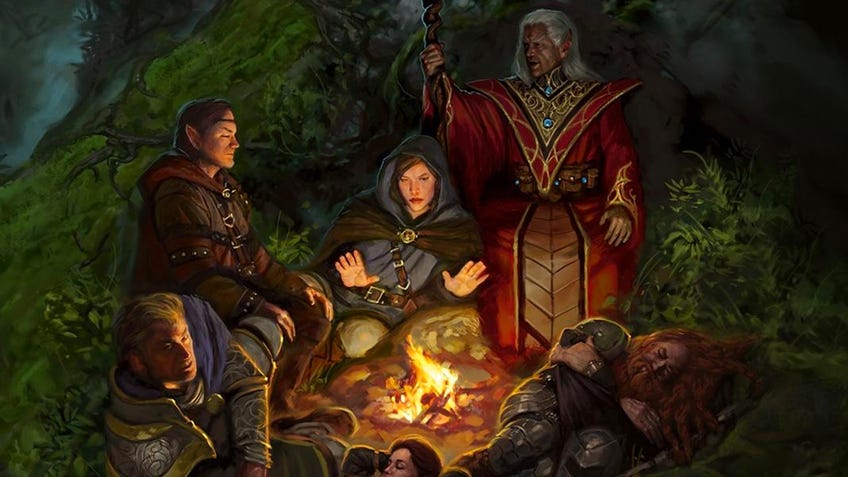
Knowing the right time to use music is equally as important as using music altogether. Sometimes, something more melodic and harmonic sounds will not suit the situation your players have found themselves in. Once again this is all about considering their environment alongside the thematic or narrative threads that you are presenting.
When players are on the open road, I always like to make sure there’s something more musical happening in the background. Nothing intrusive, but interesting enough to make the slower, more-roleplay heavy moments not feel as exposing for the players. That little padding of sound can act as a safety blanket for players that might feel uncomfortable in the spotlight. When players transition into a city, I often drop music completely in place of a soundscape to make the area feel bustling and busy. The same goes for taverns, which will often include a musical element but I will layer that with the sounds of people talking in the background, glasses clattering, laughter and other real-world sounds. It’s a small detail, but it helps contextualise these rooms, built in the theatre of the imagination, with real-world examples. It instantly fills rooms with NPCs that exist outside of the party’s interests and whims, with no preparation or additional roleplay required from the GM.
Just as having music and sound can enhance an experience, dropping it all completely can be equally as effective. I usually save this for if a character is rolling death saving throws, especially post-encounter. When our party paladin lay dying after a fight, I cut the music as the player rolled saving throws and the party rushed toward their fallen friend. The silence was suffocating, adding much more drama to the situation than any music could possibly match.
It is important when using music in D&D to make sure you add ambient sounds, to add texture to your world and remember that no music can be equally as powerful a storytelling mechanic. Be prepared to cut the music when you want to punctuate an important moment, highlight the stillness of a room or in anticipation of something more epic to come.
Where to find music for D&D campaigns
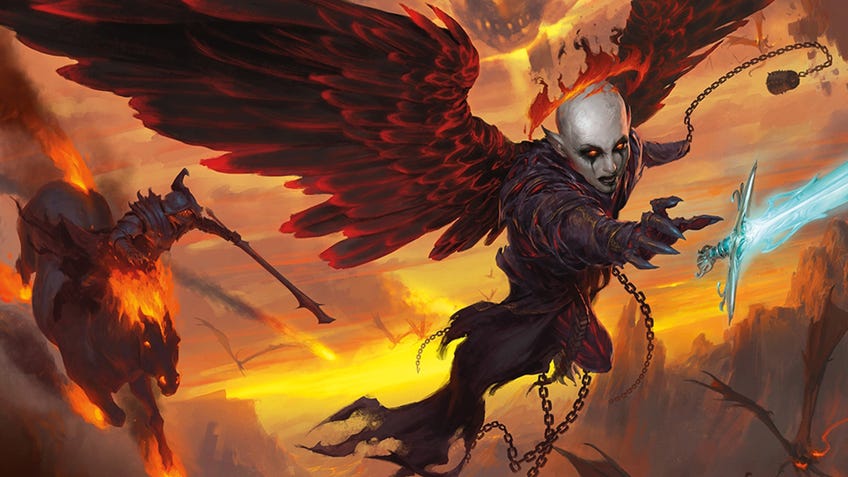
Thankfully, the easiest part of using music in Dungeons & Dragons is where to find it. Whether you have an online music subscription like Spotify or are diving into free services like YouTube, one simple search of “fantasy playlist” will bring up a myriad of songs for all situations. This can be a useful way to find ambient background music or songs to fit in a generally neutral environment, such as a tavern. However, these playlists can be a splattering of different themes and moods, sometimes jolting from the rip-roaring to the ethereal without much care or attention. We’d strongly recommend building your own playlists to match the overall aesthetic you’re looking to elicit, encounters your players will be participating in and locations they will be visiting.
Taking inspiration from your favourite movie or video game is always a great place to start when choosing music for D&D. This can help both the players and the GM world build the universe around them without relying too heavily on words. If you want to capture the essence of a cold wilderness, Jeremy Soule’s Skyrim soundtrack will take you straight there. Borislav Slavov’s incredible work with Baldur’s Gate 3, a game literally set in D&D’s Forgotten Realms, is another safe place to start when seizing that high-fantasy feeling.
If you are using a virtual tabletop, your options can be a little more limited. Software like Roll20 does offer an in-game music player that will play music for all the players on the server. However, be wary that if you’re looking to upload your own tracks to the player, you are limited to tracks no longer than 10 minutes long. More importantly, Roll20 offers a variety of licence-free music for you to use in your game. This is particularly important for those looking to stream their games online. The last thing you want is your stream being slapped with copyright infringement. Again, take your time to listen to these license-free songs, as these will swing wildly between the pleasant and the unlistenable.
Whatever you decide to choose, just make sure that you are prepared. Treat music in your D&D campaign with the same reverence you would your notes, story beats, NPCs and combat encounters. If you do, very soon the movie that plays in your head when you imagine the wonderful stories you aim to tell with your friends will become a reality.
Great D&D soundtracks for your next campaign
- High-fantasy, high magic, Lord of the Rings-inspired adventures: Jeremy Soule, Borislav Slavov, Marcin Przybyłowicz, Howard Shore
- Gritty, lower-fantasy medieval campaigns: J.S. Hopkins, Jan Valta, Todd Masten, Miklós Rózsa
- Gothic, horror and 19th-century fantasy settings: Thomas Bergesen, Joe Hisaishi, Neal Acree, György Ligeti
- Something a bit more modern: Berlinist, Arne Frercks, Ludovico Einaudi, Glenn Ayala
- Sci-fi and space: Spellling, Bernard Herrmann, Nivlem, Kyra Mora, John Williams
- Gunslinging in the Wild West: Ennio Morricone, Francesco De Masi, Stelvio Cipriani
- Steampunk cities: Luis Humanoide, The Synthetic Dream Foundation, Alexander Temple
